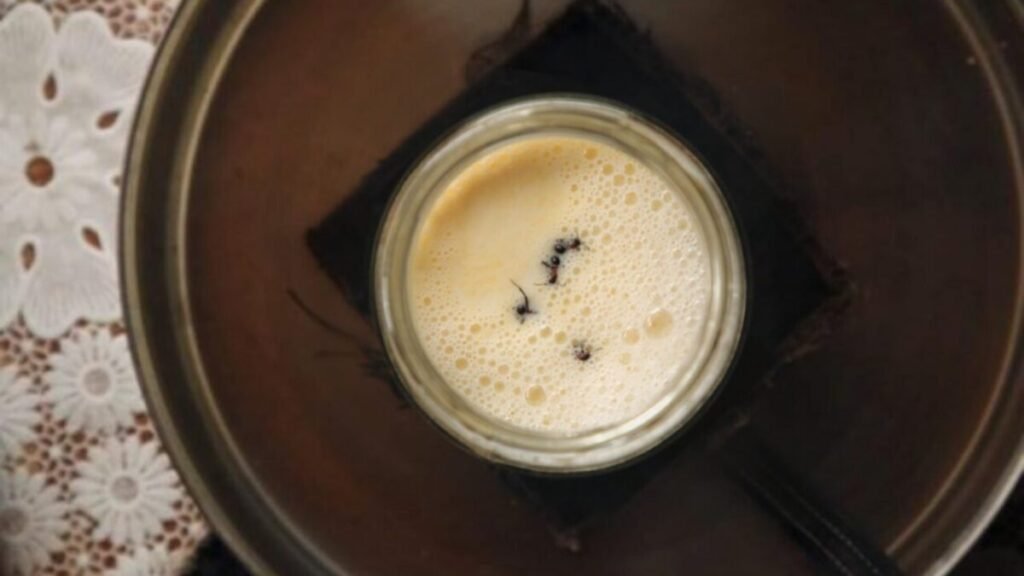Yogurt with ants: a delicious collaboration between science and Michelin chefs to revive an ancient recipe

Forget about Greek yogurt. Ant yogurt is the way to go. You can trust the recipe because it is backed by Michelin chefs and expert microbiologists.
Science faithful to tradition

The project arose from a series of conversations, much like the birth of the recipe itself. During a collaboration with The Alchemist, a two Michelin star restaurant in Denmark, Jahn learned that they served yogurt made with ants following an ancient recipe. She mentioned this to a colleague, who introduced her to one of his PhD students who happened to be from a Bulgarian village where ant yogurt fermentation was practiced.
Their interactions naturally led to a visit to the Bulgarian village where the researchers learned from the villagers how the yogurt was prepared. The local community helped them identify the correct ant species, Formica rufa, or the red forest ant, common in the region.
The details

After confirming the recipe, the researchers sought the scientific explanation for their culinary project. They first analyzed the bacterial microbiomes of the milk-to-yogurt process. They were surprised to find that ants had compounds that contributed to yogurt production.
For example, the formic acid that insects use for defense “can help with yogurt coagulation and govern milk conditions,” explained Jahn. Not only that, but the lactic and acetic acids from the ants transferred to the yogurt base accelerated fermentation, while the natural microbiome included molecules to texture the milk proteins.
Basically, the anatomy of the ants was a natural yogurt-making machine, but only if the ants are alive, according to the researchers. When they tried the same recipe with frozen or dehydrated ants, they found that they did not properly ferment the yogurt.
They took their results to The Alchemist, who helped them create three different recipes with ants: an ice cream sandwich, goat milk mascarpone with ant additives, and a milk cocktail that curdles thanks to the ants. Interestingly, except for the sandwich, the chefs said that dehydrated ants were best for their recipes.
That being said, the researchers warn against trying this at home “unless the user is an experienced microbiologist or culture technician,” as indicated in their work. In general, selling ants as a food product is not allowed in Europe, where the work was carried out. Additionally, putting any ant in raw milk is risky because the insects could have parasites.
Overall, the new work is another example of the stunning science behind ancient traditions, and of “how humans depend on so many other creatures to survive, like cows, the plants the cow eats, ants, and microbes,” said Jahn. “This yogurt and food in general represent a way in which we are immersed in the life around us, and that we can perceive through taste and texture, allowing us to appreciate it even more.”






